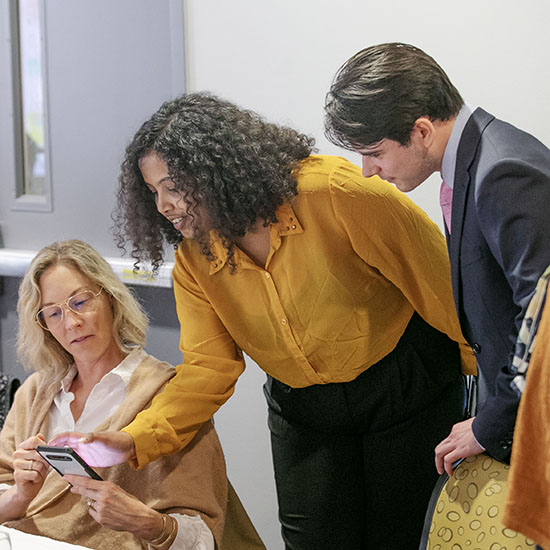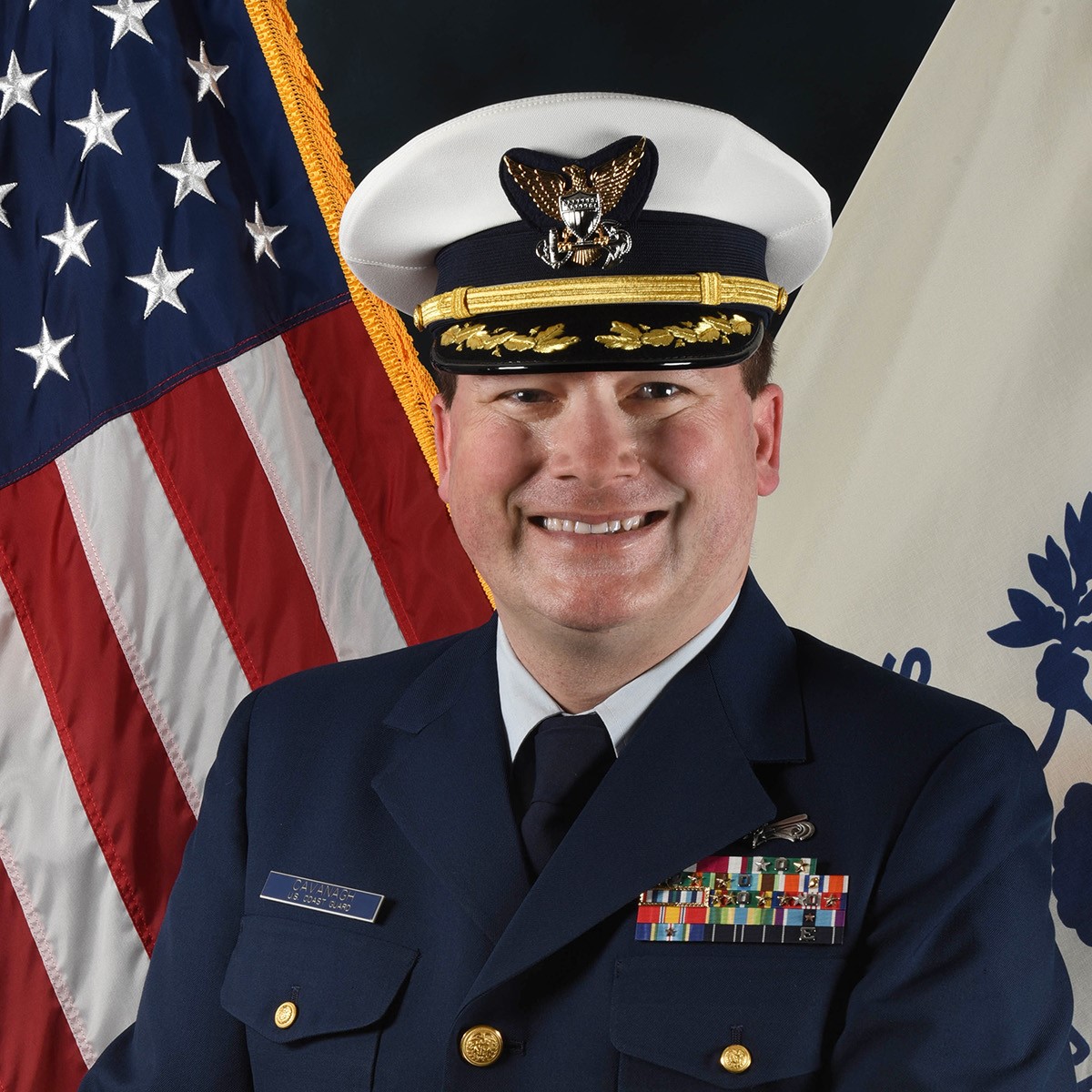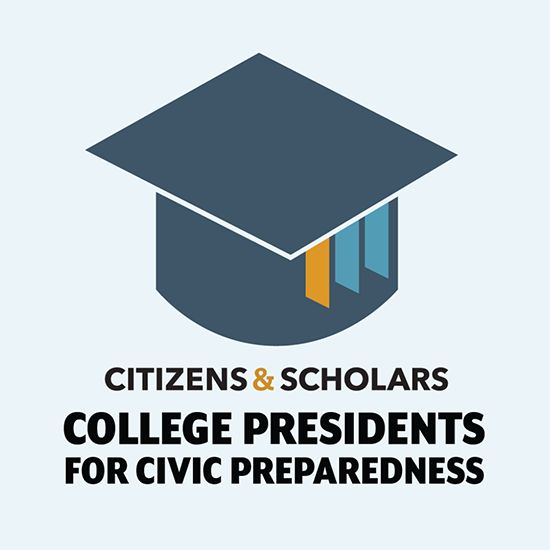Skidmore student publishes article on emergency evacuations
As a sophomore in high school, Benjamin Roberts '10 became fascinated with exits and
the role they play in emergency evacuations. In night club fires, such as at the Station
in West Warwick, R.I., in 2003, most of the 100 fatalities occurred after the exits
inexplicably became blocked. Roberts was not satisfied with the behavioral explanations
given of "panic" or "alcohol consumption" and wondered whether there might be something
wrong with the exit design itself. What he found through his research challenges the
adequacy of the International Fire Code.
Attending a conference on computer modeling at the University of Michigan in 2003,
Roberts became insterested in the application of computer simulations. The scientist
who presented, Dr. Eric Bonabeau, used the relatively new science of agent-based computer
modeling to simulate emergency evacuation. That's when Roberts decided to use similar
technology to model the effects of exit design for his high school topic in the Intel
Science Talent Search. His research led to a better understanding of how the number
and size of exits can mean the difference between life and death in an emergency.
An adaptation of his 20-page paper has been published in the Fall 2006 issue of FS-World
( www.fs-world.com) a journal on fire safety and security. Roberts' article appears with others by scientists
such as Richard G. Gann, Senior Research Scientist at the National Institute of Standards
and Technology.
In three years of research for the Intel Science Talent Search at his high school
in Armonk, N.Y., Roberts looked at earlier studies that identified behavioral factors,
such as "panic" and "alcohol consumption" as reasons why exits become blocked and
many people die in emergencies from social club fires to soccer stadium stampedes.
He built computer models that measured how long it took to evacuate a given space
while varying the number of people in the space, the size of the exits and the number
of exits.
"What I found," said Roberts, "is that every exit has a given capacity and when the
capacity of an exit is exceeded—based upon its width and the number of people
it must serve—the exit will become blocked, independent of behavioral factors.
The more that capacity is exceeded, the faster it becomes blocked."
He named the phenomenon "Blocked Exit Syndrome." Conversely, Roberts found that when
the width of an exit is increased to accommodate more people, blockage may be delayed
or avoided.
Roberts first presented his research publicly at the Westchester County Fire Academy
in Valhalla, N.Y., using agent-based modeling software known as Netlogo. Afterward,
Westchester Fire Marshals President Larry Desimone said, "This research calls into
question the adequacy of the International Fire Code and should be further studied."
Roberts used a rectangular grid and gave agents simple rules to move at a fixed speed
to the nearest exit. He tested evacuation times by increasing the number of agents
(representing people) by 10 at a time in a given space, with an exit that permitted
one person to exit at a time. He found that as the number of agents approached and
then exceeded 50, Blocked Exit Syndrome occurred, so that it took nearly 64 times
as long to evacuate 70 agents as 30 agents. However, when the exit size was doubled,
the blockage did not occur, even testing as many as 150 agents in the fixed space.
According to Roberts, "The International Fire Code sets a maximum of 50 people for
one exit in a public venue, which supports my simulation of Blocked Exit Syndrome
occurring after that number. However, the code allows two exits to handle up to 300
people, which may pose a danger to the public in an emergency."
Roberts studied with mentors Dr. Uri Wilensky, director of the Center for Connected
Learning and Computer-Based Modeling of Northwestern University in Chicago, and Dr.
Michael Gizzi of Mesa State College in Colorado.
Roberts is from Tarrytown, N.Y., His mother, Barbara Griffin Roberts, graduated Skidmore
in 1980.


